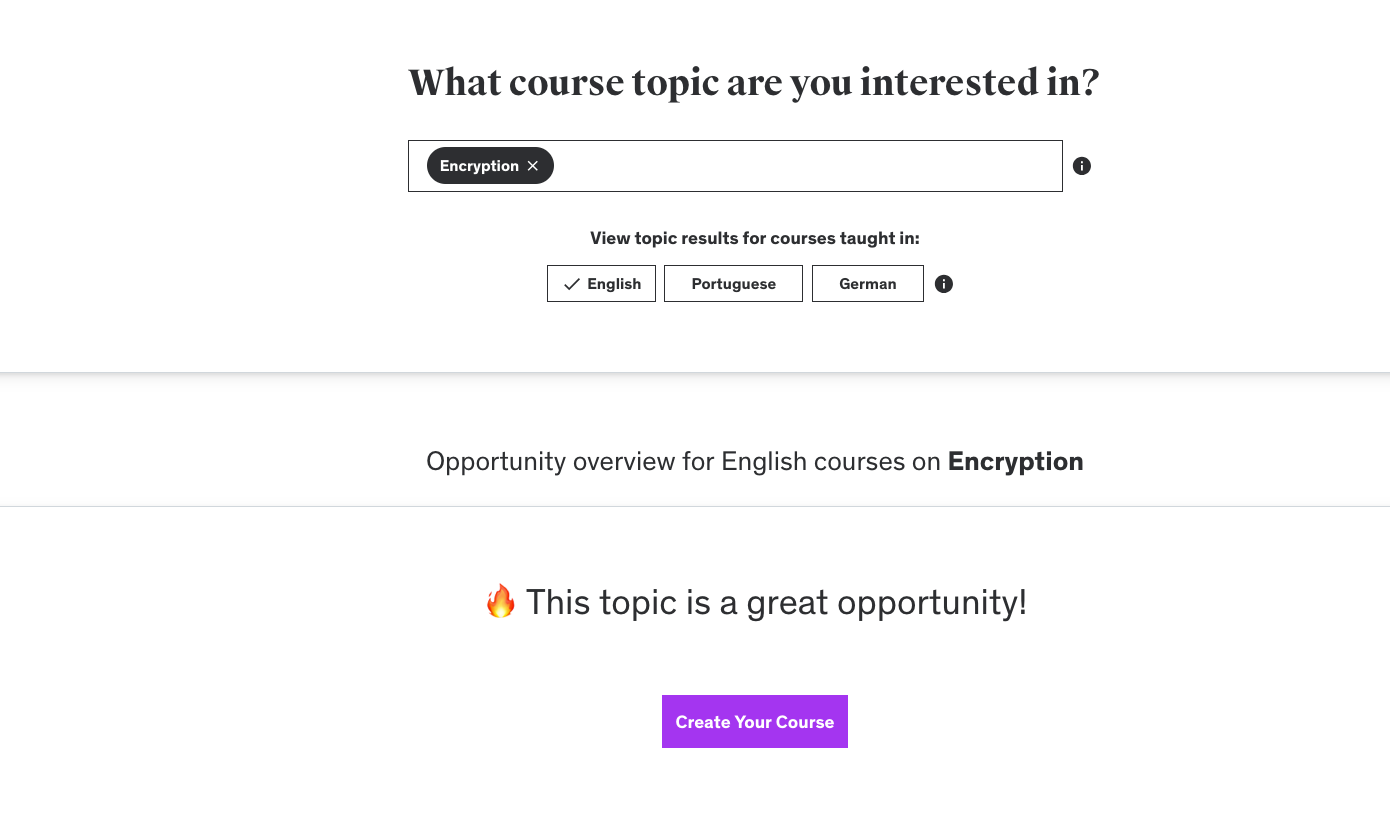How To Find The Right Topic For A Cybersecurity Course
Why Aligning Your Expertise with Industry Demand Is Key to Course Success

Building a course around your cybersecurity expertise is one of the most rewarding side hustles you can launch in 2024 and beyond
If it takes off you have an easy side-income stream created AND a powerful branding machine that works for 24/7
That is .. IF the course takes off which in most cases it doesn’t.
The reason honestly comes down to one of two reasons
People teach something they have no knowledge of .. OR
They choose a topic that is not in demand and thus no one buys it
If you want your course to succeed then the key is to find that magic spot where the topic is one that you are both knowledgeable about and in demand.
Ignoring one or both of these either leads to a crappy. course where the audience can sense your disinterest OR a course you are passionate about but no one is buying
Trust me when I say I have made both these mistakes when making cybersecurity courses
I am not that good in network security but thought it would sell and made a course around it. Turned out that the audience could sense this is not my strength and it become one of the worst rated courses I have ever made
I also made a course about a cybersecurity topic I thought would interest everyone .. but I neglected to do the research and the launch was a total dud
Here’s how to avoid these traps and the mistakes I made
1. Teach What You Know
When creating a cybersecurity course, the most fundamental rule is to teach what you know.
It may seem obvious, but it’s easy to get drawn into trendy topics without having the depth of expertise needed to teach them effectively.
As an instructor, your credibility is one of your most valuable assets.
Most of the time your course material is not that different from other people but it is your knowledge, insights, and experience make you stand out.
For instance, if you're experienced in cloud security, zero trust architecture, or mobile device security, focusing on one of these areas ensures that you can offer real value.
Sharing personal anecdotes, challenges you’ve faced, and how you solved them adds authenticity and practical application that learners appreciate.
The goal is to provide your learners with content they can’t easily find elsewhere.
2. Ensure There’s Demand
While teaching what you know is essential, it’s equally important to ensure there’s a demand for that knowledge.
A course on a topic that excites you but doesn’t attract learners can be a wasted effort.
This is where research comes in.
Platforms like Udemy are great for this as they offer built in tools you can quickly use to find out if a topic is in demand or not.
Below is me searching for encryption using their insights tool and finding out that this is a topic people are actually searching for !
Similarly if you have a following on LinkedIn or YouTube you can run polls to find out what topics people are interested in
A little bit of research can save you hours of wasted time and effort down the road
If you find that your area of expertise doesn’t match current trends, consider focusing on a niche within your domain.
Specializing in an aspect of a larger trend, such as focusing on securing IoT devices within cloud infrastructure, can help you stand out while aligning with market demand.
3. The Disaster of Ignoring Either Side
Failing to balance knowledge and demand is a recipe for disaster.
If you teach a subject you’re passionate about but has little market demand, your course might not attract enough learners.
You could invest time, money, and energy into producing a course that doesn’t sell.
On the flip side, choosing a topic only because it’s trending, even though you’re not an expert in it, is equally risky.
You risk delivering subpar content, which can damage your reputation.
Learners are not stupid and can tell when an instructor lacks depth in their subject matter.
A poorly received course can lead to negative reviews, a tarnished reputation, and ultimately, less future success.
4. How to Find the Perfect Balance
To find the ideal topic, here’s a practical approach:
Self-Assessment: Write down the areas of cybersecurity where you have the most expertise. Are you well-versed in data privacy regulations, penetration testing, or incident response?
Market Research: Use online tools like the ones provided by Udemy or Google Trends to see what cybersecurity topics are currently trending. What problems are organizations trying to solve?
Matchmaking: Cross-reference your list of expertise with the trending topics. The overlap between what you know and what people are interested in learning is your sweet spot.
The cybersecurity field is constantly evolving, and demand for specific knowledge shifts over time.
What’s trending today may not be in demand tomorrow.
However, if you consistently build your course content around your expertise and market demand, you’ll be better positioned to adapt and evolve your courses as needed.
You will soon find that amazing course that both matches your skillset AND one that people are willing to pay $$$ for
Good luck on your course creation journey !


